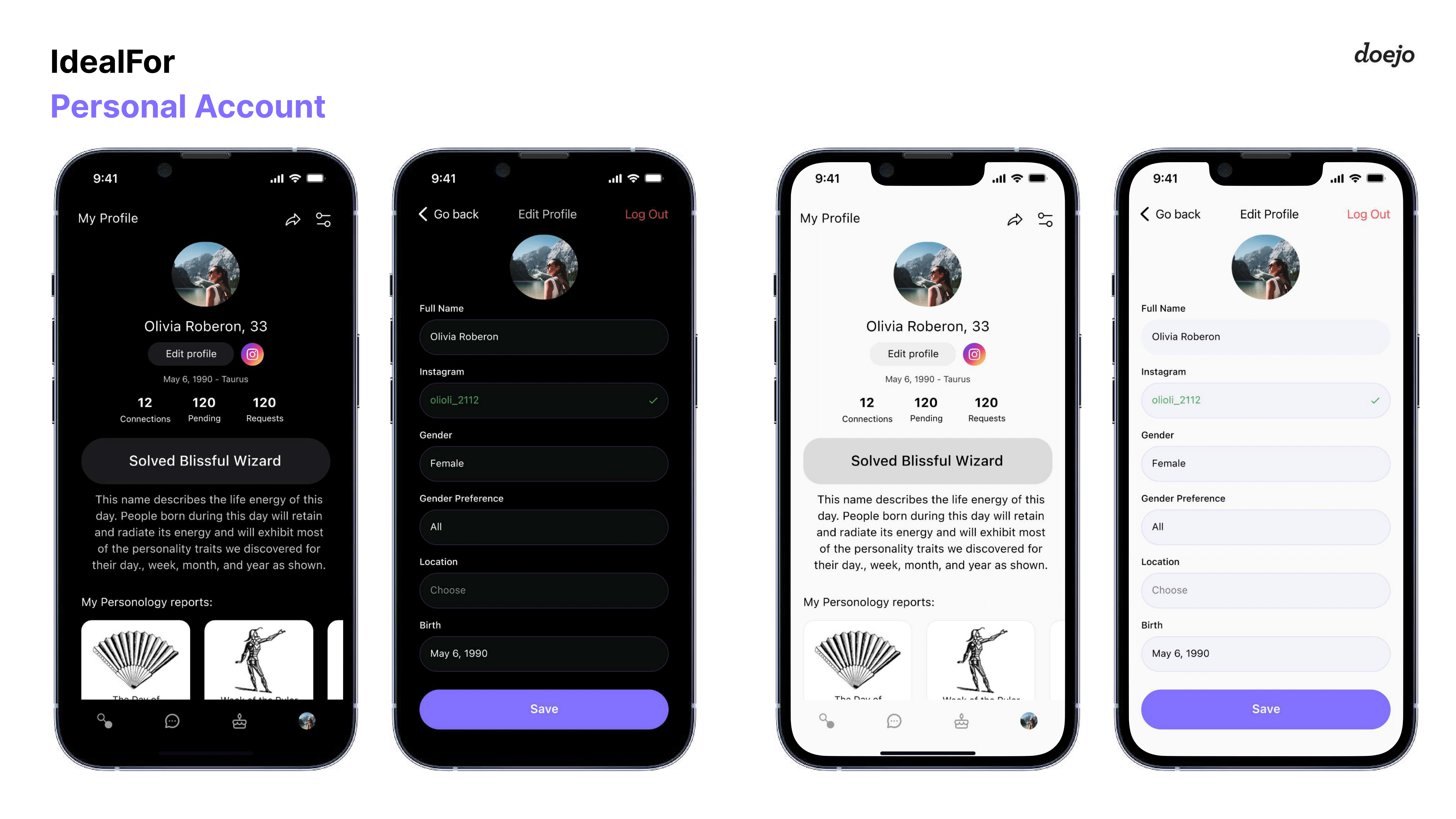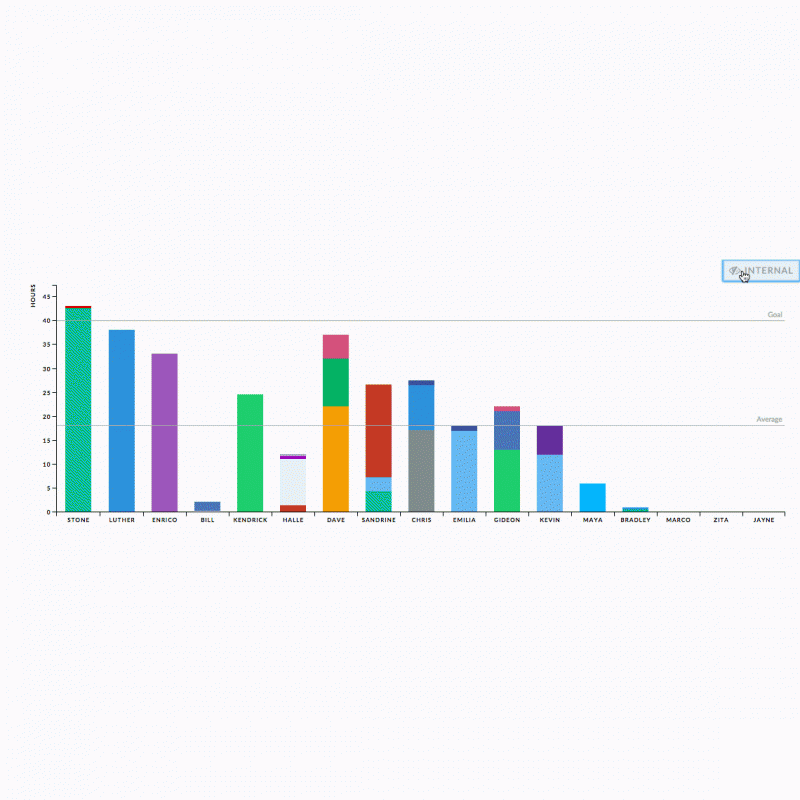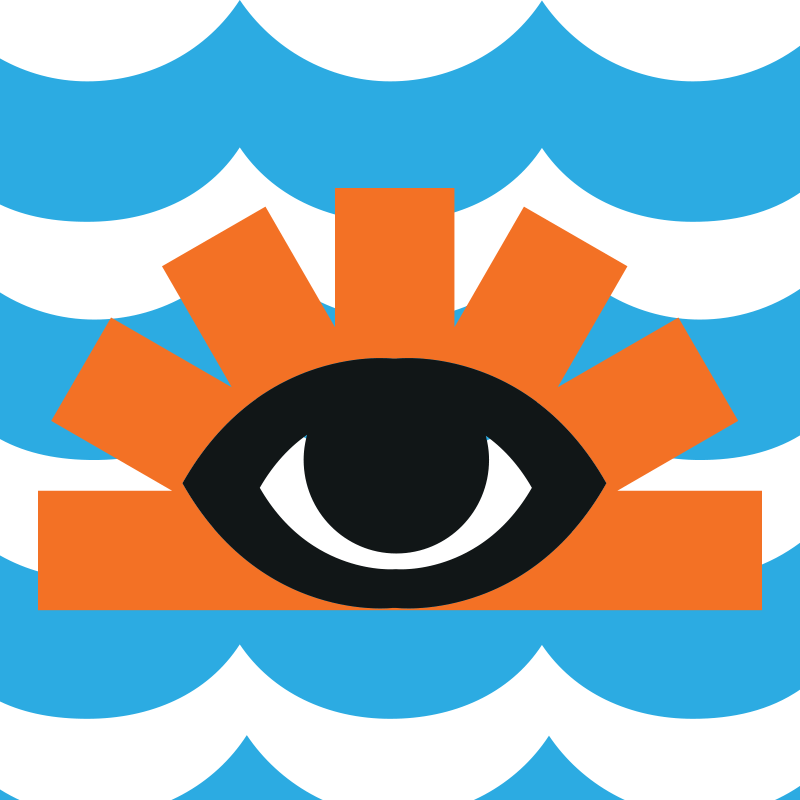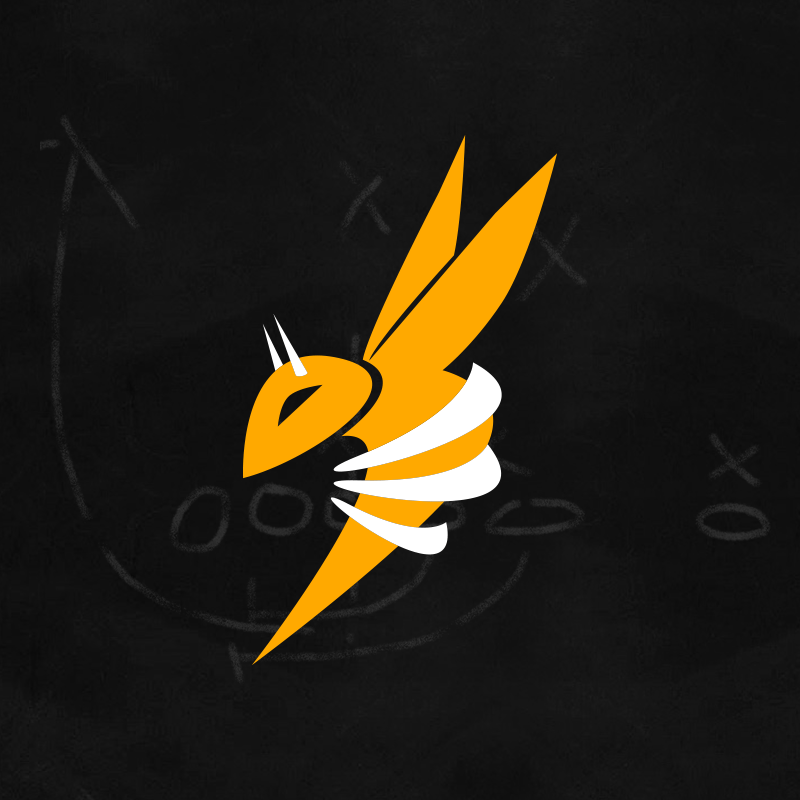
Download the app from the apple store




The Secret Language of Birthdays is an easy-to-use guide to personality based on psychology, history, numerology, tarot and astrology. Just by knowing dates of birth,one can gain in-depth knowledge not only about oneself, but also about friends, loved ones—even new-found acquaintances.
Astrologers correctly argue that the exact time, place and year of one’s birth must be known in order to calculate the planetary positions, aspects, transits and progressions required for a detailed astrological reading. Nevertheless, a great deal can be known about an individual simply from their birthday.
Indeed, the popular astrology found in magazines and newspapers is far more general, since it is based on “sun-sign astrology,” in which we are advised solely on the basis of what sign the sun was in on our date of birth (e.g., Gemini, Aquarius or Scorpio), regardless of the particular day. Because of this, an astonishing number of people all over the world not only know their sign but identify with its symbolism in their daily life.
The Secret Language of Birthdays is the first comprehensive book to take sun-sign astrology one step further. In it, characteristics associated with each day of the year are outlined, not simply those associated with the sun sign. How then, were the characteristics of the days established? In order to answer this question it is first necessary to address how astrologers have long established the characteristics of the sun signs.
Sun-sign astrologers have for the most part commented on human personality by applying certain generalizations about the signs themselves to people. For example, some signs are associated with the element Fire, which denotes an intuitive individual with a great deal of energy, but also a quick temper. Signs are also classified by qualities (modes of operation), such as the Fixed quality which indicates a stubborn disposition, persistence and the ability to see things through. Also, astrologers associate each sign with a planet (the planets include each of the eight known planets and also the Sun and the Moon) and ascribe the sign with the characteristics of that planet. Moreover, there is a traditional symbolism attached to the signs as originally derived from the configuration of the heavenly constellations that bear their names. From these assumptions a kind of personality emerged for each of the twelve signs and then, naturally, for those born under each sign. For example, the personality of someone born on September 12 can be deduced to an extent from certain accepted theories about the earthy, mutable, Mercury-ruled sign of the Virgin (Virgo). Virgos are generally characterized as meticulous, clever and fussy—willing to change their minds, but only on their own terms.
The Secret Language of Birthdays, although accepting many of the generalizations made about the sun signs, has in a way reversed the aforementioned process, by first characterizing the days, then the weeks and finally the signs. The approach is less deductive than inductive, the question asked not, for example, what Virgos are supposed to be like, but what in fact people born on September 12 are like. After considering the famous people born on each day, studying them, reading about them, following their lives—as well as those family, friends and acquaintances personally known by the author—and ignoring for a moment all those manifest differences that make them true individuals, one simple question is asked: what is it that all of them have in common?
Collecting, classifying and sorting people according to their birthdays, making a connection between psychology and history such that a personality emerges for each day of the year, regardless of nationality, race or epoch, is the thrust of this book. The data underlying the personology system presented in The Secret Language of Birthdays are, of course, the birthdays themselves—over seven thousand of them. Behind these are another seven thousand birthdays of famous and influential people, and behind these perhaps another few thousand individuals whom the author has met and observed for varying periods, from a few minutes to a lifetime.








































































































